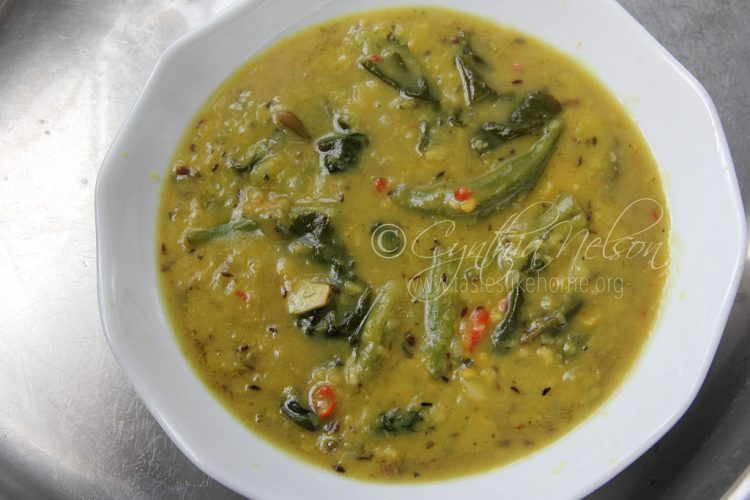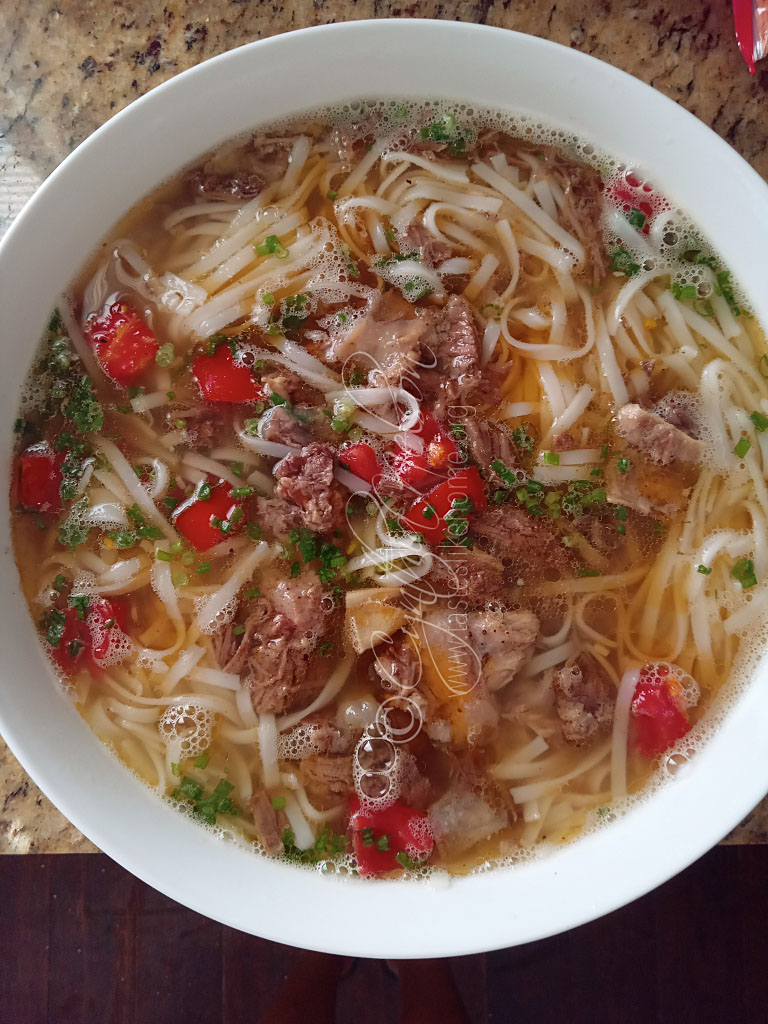 As exciting as cooking can be, we can get bored eating the same things, prepared the same way every time we eat them. We don’t always have the time to try things differently, for a variety of reasons. Every now and then when we make the time to do things differently, more often than not, the results are a welcome change. Some things are simply a mash-up or mix-up of the familiar.
As exciting as cooking can be, we can get bored eating the same things, prepared the same way every time we eat them. We don’t always have the time to try things differently, for a variety of reasons. Every now and then when we make the time to do things differently, more often than not, the results are a welcome change. Some things are simply a mash-up or mix-up of the familiar.
Today I am sharing with you several things that I have been making and eating regularly that I think you might like too.
Yogurt & Nigella-seed Sada Roti
Borrowing from Naan, the leavened bread which incorporates yogurt in the dough, I have been making my Sada roti with yogurt added to the dough. I really like the tenderness that it brings to this favourite breakfast and dinner time flatbread. In addition to yogurt, I add Nigella/kalonji seeds to the dough. I love the flavour that this spice, also known as black onion seeds and black cumin, brings to my Sada roti. Do give it a try. I add a heaped tablespoon of whole milk yogurt for every cup of flour. For the Nigella seeds, add a heaped ¼ teaspoon for every cup of flour.

Trini & Guyanese Chutney & Choka Smash up
I make the Trinbagonian-style Coconut chutney and use it as a paste to fry/sauté boiled ground provisions (in the style of boil ‘n fry). This style of chutney starts with the process of Guyanese Coconut Choka by fire-roasting the coconut. However, instead of grating, then grinding the coconut on a masala brick (lorha and sil), the roasted coconut is chopped into small pieces and ground in a food processor. While our finished Coconut Choka is paste-like, rolled into a ball, the Trini Coconut Chutney ranges from being wet to loose and fluffy, depending on personal preference. When I make it, I opt for the latter – loose and fluffy. As with most things, the Trini Coconut Chutney has chadon beni (culantro) along with garlic and hot pepper. However, when I make it, I only add the things we add to our Coconut Choka – garlic, pepper and a souring agent, which for me is tamarind pulp. I can eat this chutney by the spoonful, just so.
I usually buy ground provisions – eddoes, cassava, sweet potatoes – as well as breadfruit, boil them in salted water, drain and then refrigerate them to accompany stews, curries or fry up with aromatics. One day, as I was heating up some eddoes in a pan on the stovetop with a light drizzle of oil, I decided to toss in some Coconut chutney and mix the two together. The chutney quickly adhered to the eddoes and got all toasty and fragrant. That night when I sat down to have dinner, I was dancing in the chair. It was exceptionally delicious. You all know how yummy Coconut Choka is right – smoky, hot, savoury, a hint of natural sweetness from the coconut along with a little tang? Now imagine that pasted all around pieces of eddo, cassava, sweet potato, plantain, breadfruit and yam.
Listen, I love this Coconut chutney so much that I have been making it weekly to fry up with boiled ground provisions. I cannot remember the last day I did boil ‘n fry with anything other than the provision and Coconut chutney. You must give this a try.
To make the chutney: fire-roast the coconut as usual, scrape, grate, then add to the food processor along with garlic, pepper, salt and your sour of choice. When I make this chutney, I prefer to grate the garlic so that it incorporates better. If you are using green mangoes instead of tamarind pulp, grate the mango, again so that it incorporates better. If using bilimbi/souree, smash it and add it along with its juices. Fresh lime or lemon juice can be used if you have none of the above available to you.
You can skip the step of grating if you want to give yourself less work and simply chop the roasted coconut and add it to the food processor. The texture will be different than if it was grated first. Or try it both ways and see which you prefer.
Bone Broth
There are times in our everyday eating when we feel we need to boost our health overall. Bone broths provide an exceptional amount of nutrients; that’s one of the many reasons they are offered to us when we are not feeling well or need to build up our bodies/strength. However, bone broth is good at any time.
There are times when I want something very light, nothing solid, just something liquid but nutritious, and preferably savoury. I have been buying beef bones from my butcher as well as the carcass of chickens to make broth. They are set to pressure (beef bones) and boiled (chicken carcasses) with water, fresh herbs such as thyme, celery (leaves & stalks), parsley, bay leaf, whole scallions, onions & carrots. I also add whole black peppercorns, and on occasion a few cracked allspice berries. Once cooked, the broth is strained through a fine sieve and placed into individual containers and cooled to room temperature. Some are refrigerated and frozen.
On the occasion that I want something more than just the broth, I’d pour the hot broth over boiled pasta noodles or rice noodles.
For me, these bone broths are feel-good food. You physically feel better and mentally feel well, knowing that you are doing something good for your body.
Dhal & Veggies
There are different ways in which I make dhal and it is usually dependent on how I want to consume it. Therefore, I do not always make my dhal smooth, and I prefer my dhal to be thick and pulpy. Most of the time I add vegetables to my dhal, and I don’t mean the handful of poi/thick-leaf callaloo that gets tossed in towards the end of the cooking process. I add lots of okra/ochro, as much as a pound of callaloo/spinach, or pumpkin to my dhal. This way, I eat it as a soup, with rice or roti. Sometimes I heat it up and add some of my boiled ground provisions. Makes for a hearty (and healthy) meal.
Onion-tomato Relish
While pepper sauce goes with almost everything, the same cannot be said for achar, even though there are some interesting ways of adding it to things. For example, a little achar with sardines brings another dimension to the canned fish. Your favourite jam mixed with some achar makes for an extraordinary sweet-salt and spicy bite.
While browsing online several months ago, I came across a fresh relish that was quick and easy to put together. It made me think of pico de gallo (Mexican fresh salsa). While pico de gallo is heavy on tomatoes, this relish is heavy on the onions. It brings freshness and a nice pickup to many things without overpowering the flavour of the dish itself, in the way that achar can sometimes do. I use it to top sliced boiled eggs, tostones (twice fried green plantains), plain dhal, or toast with melted cheese.
To make it, use 1 part finely chopped onions, ½ part chopped tomatoes, a tablespoon or 2 of chopped cilantro, fresh lime/lemon juice along with salt and pepper to taste. Mix together and serve.
What are some things you have been trying, cooking, and eating that you’d like to share?
Cynthia










